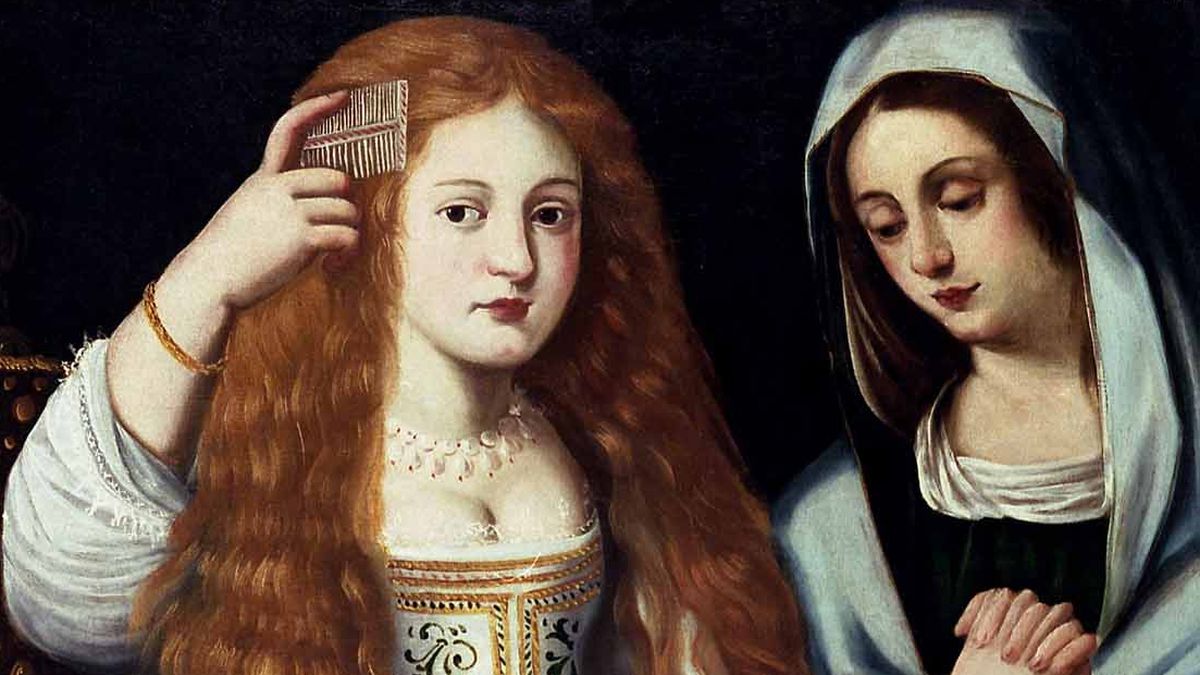PPDI: Vanity Numbers | Science game

It’s not hard to prove that a narcissistic number, or PPDI (Digital Fixed Constant), cannot have more than 60 digits (see comments from last week), but identifying the largest of them is another matter. Our regular commentator Juan Jose Rodriguez can find him at this link:
On the mentioned website (Magic squaresHe stated that:
The largest PPDI has 39 numbers. It is 115.132.219.018.763992.565.095.597.973.971.522.401. It is equal to the sum of the 39 power of its numbers.
But I was unable to compare the information or find evidence that this is indeed the highest possible level of PPDI.
Last week we saw all PDI and PPDI numbers reach and encompass demand 10. Here’s the PPDI for Command 11:
82.693.916.578 = 8¹¹ + 2¹¹ + 6¹¹ + 9¹¹ + 3¹¹ + 9¹¹ + 1¹¹ + 6¹¹ + 5¹¹ + 7¹¹ + 8¹¹
On the same page we find the following:
1,180,591,620,717,411,303,424 = 2 ^ 70
And the sum of the numbers in 2 ^ 70 equals 70.
The caret ^ means “raised to power”, because the program does not allow you to write such large exponents. Due to its association with narcissistic numbers, this colossal number (whose numbers add up to the power you have to raise 2 to get this number) can be described as doodling (we’ll see more later).
As for why 370 and 371 are in series, the answer is very simple: if the narcissistic number ends in 0, then the next number will also be narcissistic, because it will end in 1 and 1 raised to any power that is 1; Therefore, we add one unit to the number itself and another to the sum of its numbers, thus keeping the equality.
The easiest way to implement the endless chess game, which we talked about in recent weeks, is for both players to pull their knights back and return them to their starting boxes indefinitely.
To end the pending questions, the simplest way to execute the endless chess game, which we have talked about in recent weeks, is for both players to remove their knights and return them to their starting squares. (Follow a pattern based on the Thue sequence). Absolutely absurd as a game of chess, but it is compatible with the rules of the game.
A mysterious narcissist
Like the ones we just saw a few paragraphs above (2 up to 70), there are numbers that remind us of the close relationship between powers and numbers without being narcissistic. Let’s see some:
17³ = 4.913
4 + 9 + 1 + 3 = 17
Is there another number equal to the sum of the numbers in a cube? (Not counting trivial cases from 0 and 1).
1.233 = 12 ² + 33 ²
Is there another number equal to the square of the first two numbers plus the square of the last two numbers? (Hint: there is one of the aabb shape, meaning the first two numbers are the same and the other two as well.)
3.435 = 3³ + 4⁴ + 3³ + 5⁵
Is there another number equal to the sum of its numbers raised by themselves? (There is one of nine numbers: 438,579,088 = 4⁴ + 3³ + 8⁸ + 5⁵ + 7⁷ + 9⁹ + 0⁰ + 8⁸ + 8⁸, but I don’t know if there is more).
I invite seasoned readers to suggest other types of useless numbers.
You can follow MATTER at The social networking site FacebookAnd the Twitter e InstagramOr, register here to receive Weekly newsletter.




